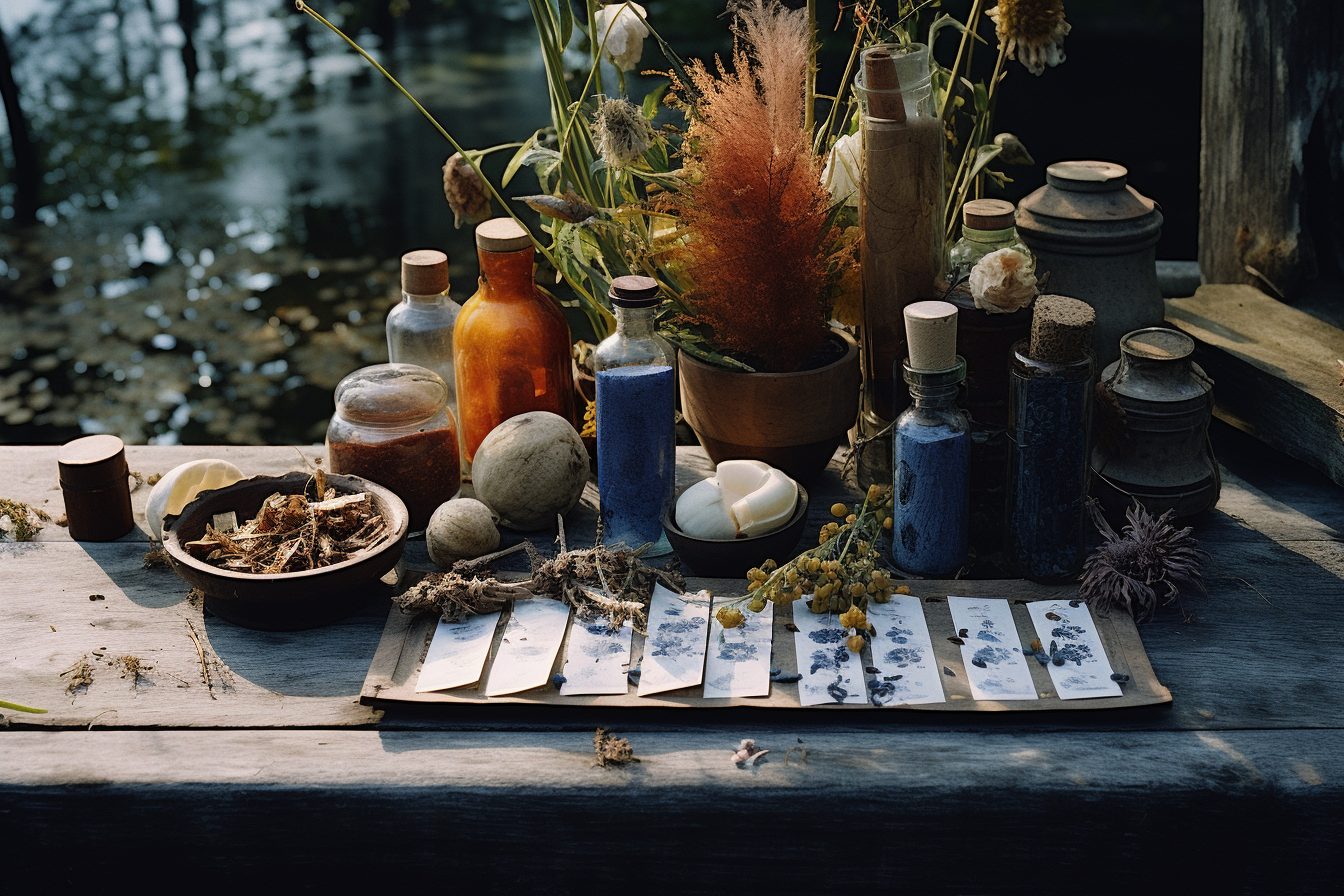
Dyeing plants: a centuries-old tradition returning as a sustainable solution
Why has man, since prehistoric times, sought to surround himself with color? Where did he find the material in nature to meet a need so deep-rooted in his soul?
The art of extracting colors from natural resources has roots that go back to the dawn of mankind, but with the advent of synthetic dyes - which are cheaper and more versatile - the knowledge associated with this practice was in danger of being lost.
Read on to discover the history of natural dyes and the most commonly used plants!
Dyeing plants: a millenarian history
Dyeing and painting with natural pigments dates back to the origins of mankind; humans have always drawn the necessary raw materials from a wide variety of plants, as well as from the animal kingdom (e.g. molluscs and insects) and minerals. For millennia, the production of natural dyes has been spreading thanks to their use for ritual, decorative, cosmetic and food purposes.
Since prehistoric times, different colors have taken on several symbolic, religious, aesthetic and social meanings; cave paintings dating back to that distant era have been found on practically every continent; indeed, psychology teaches us that colors stimulate the human mind by arousing emotions.
In ancient times, dyeing plants have been of enormous importance for the development of economy and technology, as well as in cultural exchanges. Some of them have been cultivated and traded since ancient times, becoming important factors in economic growth and significantly influencing the development of entire areas for many centuries.
For example, woad (Isatis tinctoria L.), already known to the Romans and widespread throughout central and northern Italy, was a source of a blue pigment, obtained from the leaves, very appreciated both as a pictorial color and for dyeing fabrics. This later became the color of 'Genoa blue' fabric, or 'blue jeans', commonly used for making work clothes, as is also testified by an anonymous 17th century painter from Lombardy, the Master of the Blue Jeans. However, starting around the same time, woad was gradually replaced by Asian indigo (obtained from Indigofera tinctoria L.), which was much cheaper, to the detriment of many local economies.
Nevertheless, the collapse of the natural dye market occurred at the beginning of the 20th century, due to the spread of synthetic dyes, which were more economical and stable; however, there has been a rediscovery of natural dyes in recent times.
Dyeing plants: how are they used?
Plant dyeing is a process that involves first extracting the pigment from the plant and then applying it to a support such as paper, fabric, wood, clay or leather; the extraction methods depend on the part of the plant used.
Pigments are extracted from most plants through maceration and decoction in water; the shade of the colors obtained depends on the individual species, as we will see from the list of the main dyeing plants.
Almost all plant dyes require adequate treatment of the substrate to allow them to penetrate and adhere stably.
What are the advantages of using dye plants?
With the advent of synthetic dyes, the practice of natural dyeing has increasingly been limited to specific contexts, such as handicrafts and textiles.
In recent years, however, there has been a growing interest in dyeing plants and natural dyes. This is due, on the one hand, to an increased public interest in all things natural and, on the other hand, to a concern for human health and the environment, mainly linked to the pollution caused by synthetic dyes and the industrial processes in which they are used, especially in the textile sector.
In contrast, dyes of natural origin offer greater safety of use, as well as possessing functional properties that can be added to the substrate, such as antioxidant, antimicrobial and UV-protection properties.
It is well known that botanicals can also be used as 'green' raw materials in industry and in the restoration of works of art. Read more in our article.
Dyeing plants: the best known and most used
There are over a thousand botanical species classified as dyeing plants, the most famous of which are:
- Alkanet, Alkanna tinctoria (L.) Tausch, an evergreen shrub from whose roots a red dye substance, alcannin (a naphthoquinone), is obtained;
- Madder, Rubia tinctorum L., from whose roots 'garanza red' or 'alizarin red' is obtained;
- Safflower, Carthamus tinctorius L., from the anthers of which (a part of the flower) dyes, based on flavonoids, are obtained that are used to give various shades of red;
- Turmeric, Curcuma longa L., the well-known spice used as a yellow-orange dye;
- Saffron, Crocus sativus L., from whose precious stigmas (also a part of the flower) a yellow-orange dye, based on carotenoids, is obtained;
- Lesser broom, Genista tinctoria L., whose isoflavones, present in all its parts, give rise to a chick yellow dye;
- Walnut husk (the pulp surrounding the walnut fruit), Juglans regia L., the dye of which has characteristic brown shades due to tannins, flavonoids and juglone;
- Woad, Isatis tinctoria L., a plant similar to broccoli, from which a blue pigment (indigo, an indole-type nitrogenous dye) is obtained;
- True Indigo, Indigofera tinctoria L., an Indian shrub from which the pigment of the same name is extracted.
In conclusion, dyeing plants represent a precious, centuries-old tradition that is experiencing a renaissance as a sustainable and environmentally friendly solution for safe and biodegradable natural dyes. A benefit for us and the planet.